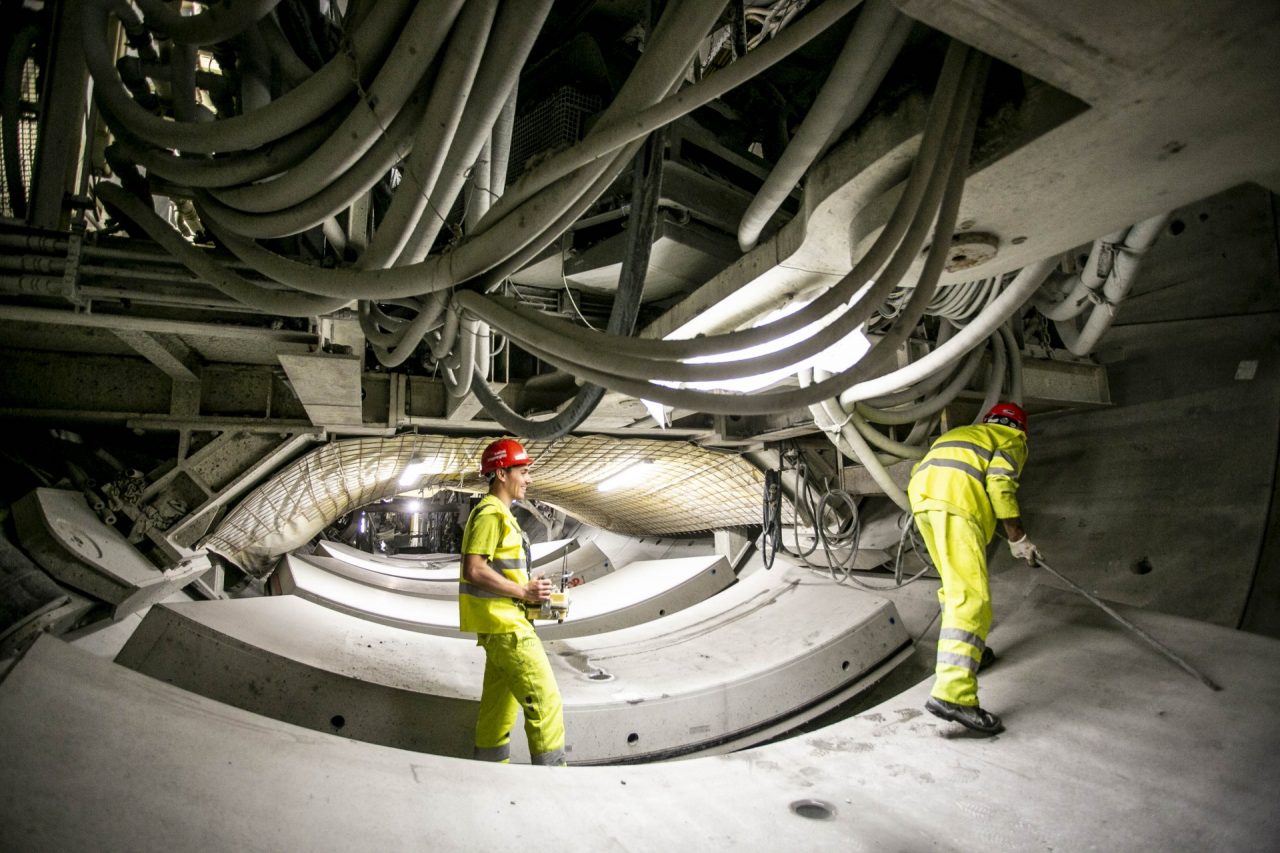Facts speak louder than opinions, and numbers speak louder than words. Data gathered by consulting firm Ernst & Young (EY) for the Capri Digital Summit point to an Italy wading knee-deep through a more severe crisis than that of its European partners. Yet the same data also show that if stimulated by the right investments, the country can emerge from this crisis within a reasonable timeframe.
The key factor will be infrastructures and the winning combination of work opportunities, modernization, and supply chain support that they provide. Shifts can be triggered by allocating some of the forthcoming European funds to the development of major works the country so desperately needs.
Italy GDP: Infrastructures to restart the country
According to Ernst&Young’s analysis, resources from the NewGenerationEU recovery fund will ensure a 25% increase in public investment spending over the next five years, with an annual impact equal to 0.5% of the 2019 GDP. This forecast can be used strategically in Italian development if the European funds are paired with private investments that can multiply the positive effects.
To this end, EY estimates that by kick-starting effective forms of public-private partnership, total investment in infrastructure over the next five years could range from €150 to 200 billion, with an impact equal to 1.8% of annual italian GDP.
The numbers will have to be put to the test, of course. Clarifying which projects the government intends to invest in and what type of private support the sector can get will be key. These essential steps for restarting the country will help make up for missed opportunities in the past.

Public and private investments and the Italian delay
Italy’s infrastructure delay is the natural consequence of complex bureaucratic and administrative obstacles as well as insufficient financing in public and private investments.
Official data on infrastructural spending is unavailable, but EY’s calculations show that between 2014 and 2019 public investments increased by 3% each year, from $110 to 133 billion.
The scale of these investments is not enough to catch Italy up to its European peers. Between 2014 and 2019, the average infrastructural investment as compared to Italian GDP was 2%, against an EU average of 2.9%. Private sector contributions—essential for increasing the impact of public investment—were nominal, too. From 2014 to 2019, they ranged from 4.5% to 5.5% of GDP, compared to 8% in France and 7% in Spain and Germany.
Italy unfortunately expects this lag, reflected in the state of the country’s infrastructure. The Logistics Performance Index of the World Bank ranks Italy 20th globally in quality of physical infrastructure for the transport of goods and people, behind the main European economies (Germany, France and Spain).
Risks for the Italian GDP
The full economic impact of the health emergency remains to be seen. Last spring’s lockdown caused serious damage that could worsen in the coming weeks if public health conditions backtrack. To date, for 2020, experts estimate a 10% drop in GDP. Institutional responses will therefore be crucial in preventing this situational emergency from turning into a systemic crisis. Indeed, if Italy were to move at the same pace of the last decade, it would take 20 years to recover economically and return to the levels of 2019.
Hence the need to support investments that will boost productivity, work and overall well-being. EY posits that the best place to hedge bets is in infrastructural investments. This will comprise important infrastructures for both trade and transportation, such as the high-speed network in the south, and the move to better connect the highly congested areas of the north; a broad yet detailed plan for the maintenance and modernization of existing works; and a strategic revamping of metropolitan areas. Rome, Milan and all the major Italian cities are being called to meet the challenges of modernization, following the example set by newly minted “smart cities” like Barcelona.
If Italy can steer its European support in the right direction, the Covid-19 crisis could turn into a historic opportunity, bringing about work and well-being and helping to modernize the country and its infrastructures.

